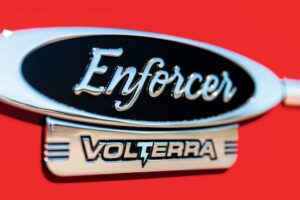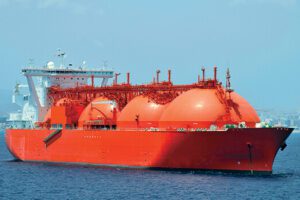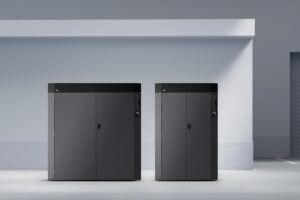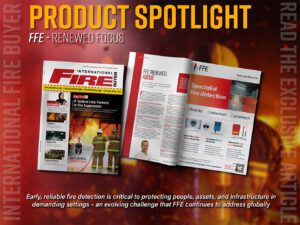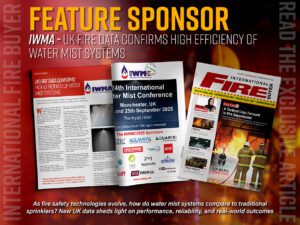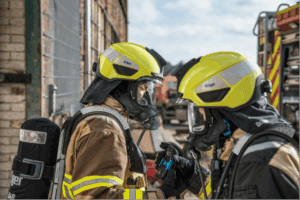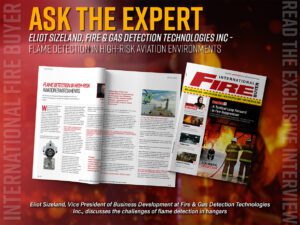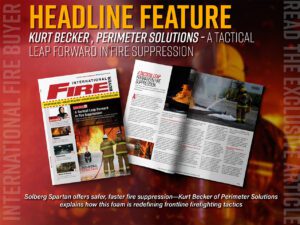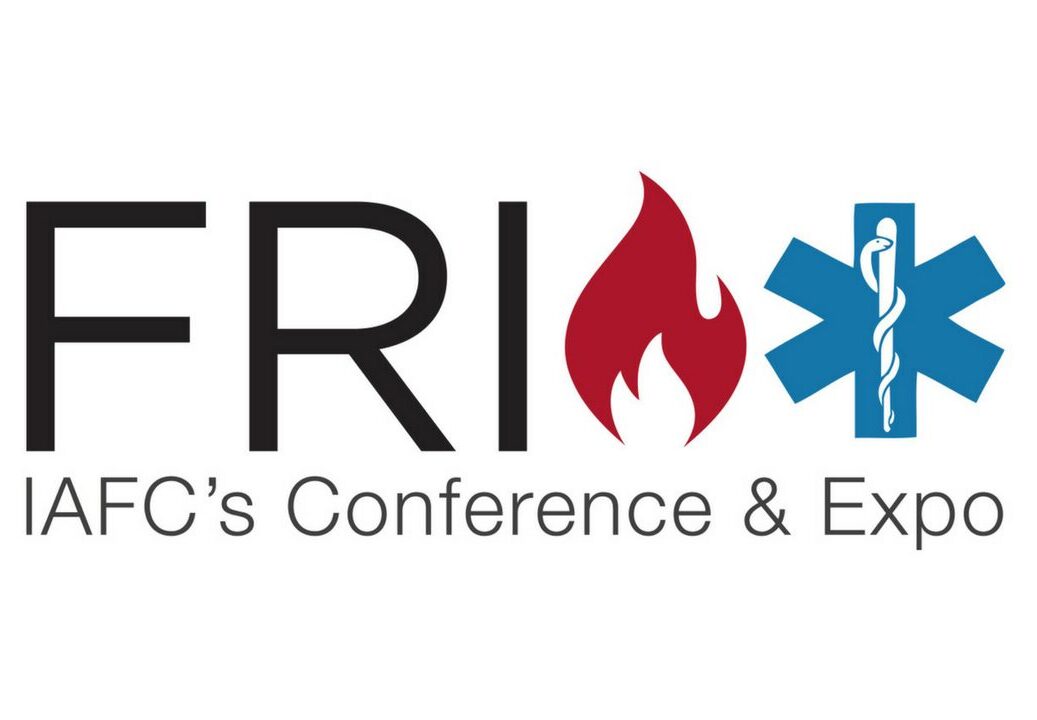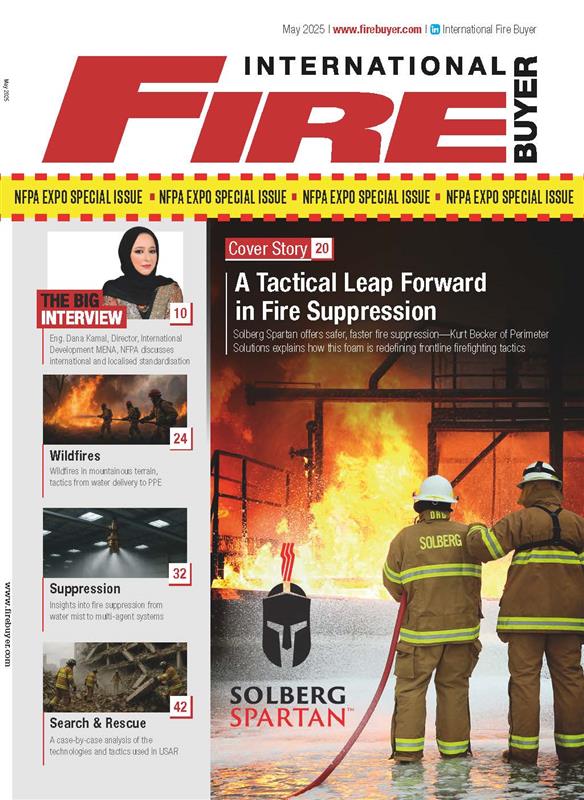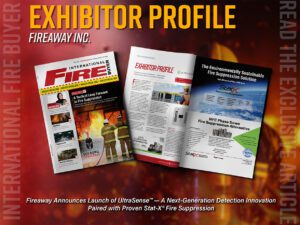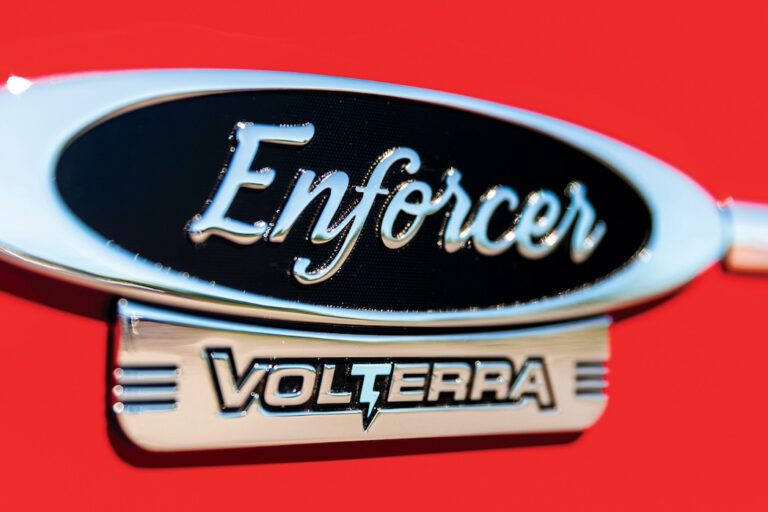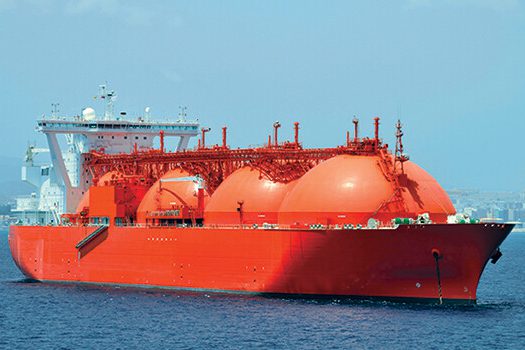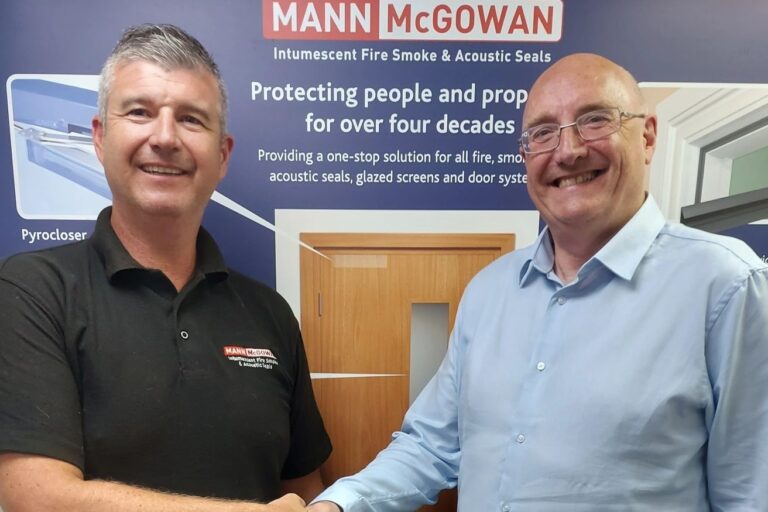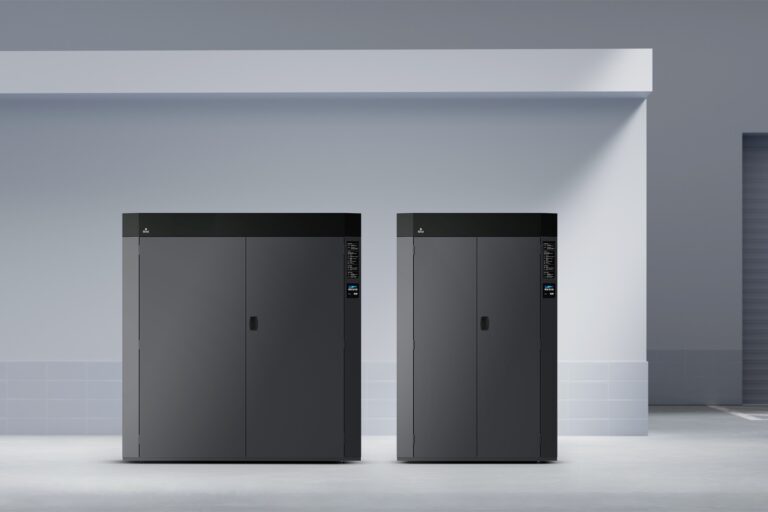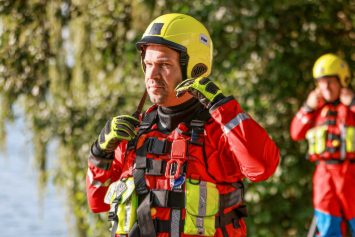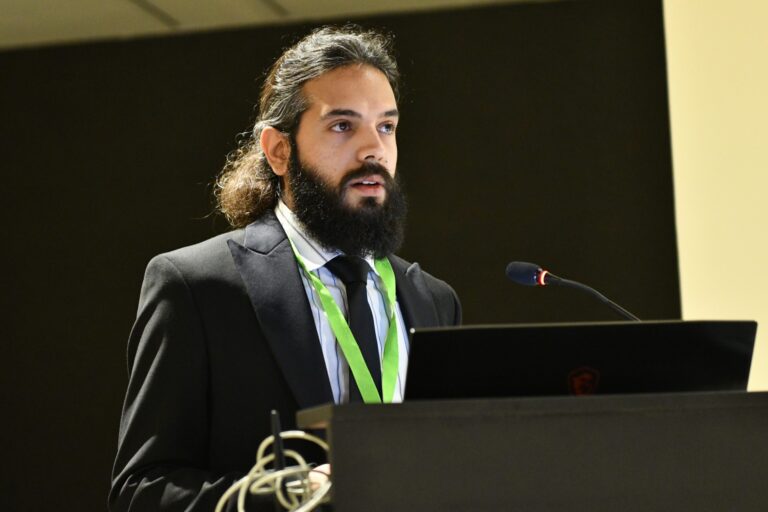Richard Russell of Eagle Technical Products talks to Chris Beck about the latest in protective clothing technology, and how standards need to catch up
Tell us a bit about Eagle Technical
The company was started in 2002. We started making FR knitted products for fire-fighters and industrial workers, but over the years that has grown to incorporate woven garments, gloves etc. We started trading mostly in the UK, but now 40% of our turnover is through exports. That’s been one of our biggest success stories.
What are the key markets you export to?
We started off in Europe, and we still have a very large number of European customers, but we have since branched out into the Middle East and South America. The reason for that is that the South Americans used to buy NFPA-spec products, but are now looking to buy European ones. They think they are more comfortable than what they get from the States. The sometimes even ask for a combination of the two standards. They recently asked for the European standard garment with a drag rescue device, which is required under NFPA. We’ve definitely seen an increase in demand in that market.
As a developing region, can South America essentially pick and choose the standards they want?
We have seen similar requests in countries like Bangladesh and India. The market is certainly changing, but we remain largely focused on Europe and the Middle East.
Last year was an Interschutz year, so I imagine it was a busy one for Eagle Technical in terms of new products? What are the key new product ranges that you have?
We launched a new range of fire-fighting hoods with three design options. We have always been successful with our hoods – we sell many Fire hoods worldwide and our quality is very well known. What we are looking to do with the new range is change the standard and incorporate antistatic as standard. We are mainly promoting two new products. One is the PBI Gold hood, and the other is the Carbon X one, both of which now have anti-static technology. This is a new development, and we are hoping to make anti-static hoods more mainstream.
These two products also provide non break open protection during a flashover.
Was this decision based on customer feedback, or was it a decision you made yourself?
The European standard 13911:2004 doesn’t specify anti-static, and we were finding a lot of customers were saying, ‘our clothing all meets 13911:2004, but can we have it with an anti-static hood?’ As there is no anti-static requirement in the standard, we developed a range of products that meet the standard easily but also have the anti-static technology. That has proved to be quite successful so far. We have also released a new range of woven fire-fighting gloves, which are also popular in the European and Middle Eastern markets. Uptake of these new products has been very good.
We also looked at the fire suit market to try and promote the use of fabrics that don’t break open during flashovers. As well as using PBI Gold, which is the industry standard fabric for flash over protection for the fire industry, we launched a new range of fire suits using fabrics which can also offer flashover protection. These fabrics are called Kermel B, Nomex Tough Diamond and Carbon X. We now have four fire suits that pass the same test on flashover, which is quite unusual. This provides more choice for the customer in terms of cost, durability, look after wash, colour, comfort etc.
One thing that Eagle Technical as a company pride ourselves on is our independence. We don’t have an allegiance to a particular type of product or fabric and believe that the end users based on technical information can choose the best requirement for their firefighters.
Do you manufacture all your own products?
We are a manufacturer of PPE, and it’s key to us that we can design, manufacture and market our own products. Whilst we offer a standard range, we can make a particular product to a customer’s needs and preferences quite easily. We do a lot of customisation on our products, whether they are overalls or hoods or gloves or whatever. The design can change quite easily to the customers’ demands.
Every year as we bring new products to the market, we get new requests from our customers with requirements for what they are looking for.
Do you think it’s time for the regulations to be updated? You’ve mentioned that Eagle Technical are able to go above and beyond the existing standards, but should the base level be improved upon?
I think they certainly need to be updated, yes. The standards are a minimum requirement, and don’t necessarily guarantee that the product will save someone’s life. You can buy a fire suit that passes the standard, but in certain situations it’s not going to save the fire-fighter. The standards need to be added to and improved upon, and that is something that we are trying to promote and raise awareness of. At Intersec and Interschutz, we had some meetings to discuss the direction the standards should be taking. We are looking to drive the market in that regard.
The regulations also need to take account of a few more phenomena, such as UV degradation, heat stress testing and mannequin testing are important issues that need to be talked about and standardized more.
Do you make products for different scenarios, such as wildfires and industrial fires?
Wildfires in particular are an interesting challenge. We have a range of products specifically designed for wildfires, including a single-layer fire-fighting hood, a glove, a one-piece coverall and two-piece jacket and trouser, plus a wildland fire-fighting mask and boots. We have quite an extensive range in that regard. The only thing we don’t make for that market is helmets.
How do you think the PPE market is set to change?
I think the trend is towards lighter weight with more comfort but the same level of protection. A lot of the customers who we go to visit say that the biggest problem is heat stress. They are asking for a product that offers the highest level of protection at the lowest weight. Some of the countries we are talking about have fire-fighters operating in conditions of 40-50 degrees Celsius before they even go into the fire. That’s one of the biggest problems for them. We have to make sure we strike that balance.
I recently went to see a customer in the Middle East who was wearing a fire suit that weighed over five kilograms, and it was 45 degrees Celsius outside. The fire chief was saying that he couldn’t get the fire-fighters to wear their jackets because it was just too uncomfortable.
To combat this, we have started looking at three new liner fabrics that have moisture wicking properties. We worked closely with our technology partners to launch some new products that incorporate this.
European standards have no comfort tests for measuring heat stress. What you have to do is send the product to universities in the UK and they will do comfort tests on the product to tell you what works best. There is a test that gives a reading of how comfortable the product feels against the skin in terms of drawing moisture away from the body. It’s essentially a sweating torso test, and the universities look at how much moisture ends up in the garment after the test. Getting moisture off the skin is crucial, as damp skin can lead to steam burns as it evaporates and boils off in high temperatures.
What does the future have in store for Eagle Technical?
We are hoping to grow the markets we have now, and expand into new ones. The African market is one that could prove to be quite interesting. We might even look at moving into the American market; we have been asked by a couple of companies whether we would be interested in working over there. Whilst the standards between the US and Europe are different, there is a fair amount of overlap. Their turnout gear tends to be quite heavy and bulky, but with the smart application of European technology, we might be able to make them just as strong but lighter.
There is a lot of talk in the market at the moment about carcinogenic issues for fire-fighters. We are looking at whether there is anything from a design point of view that we can do to eliminate this risk. We have a few ideas that we’re developing internally that we should be able to look at revealing in six months or so.
www.eagletechnicalproducts.com
The protective clothing market needs protective legislation
About Fire Buyer
International Fire Buyer is the leading authority in global passive and active fire content, delivering expert news, in-depth articles, exclusive interviews, and industry insights across print, digital, and event platforms. Published 10 times a year, the magazine is a trusted resource for professionals seeking updates and analysis on the latest developments in the fire sector.
To submit an article, or for sponsorship opportunities, please contact our team below.
Read the Latest Issue
Follow us on X
Follow us on X
Click HereFollow us on LinkedIn
Follow us on LinkedIn
Click HereAdvertise here
Reach decision makers and amplify your marketing


